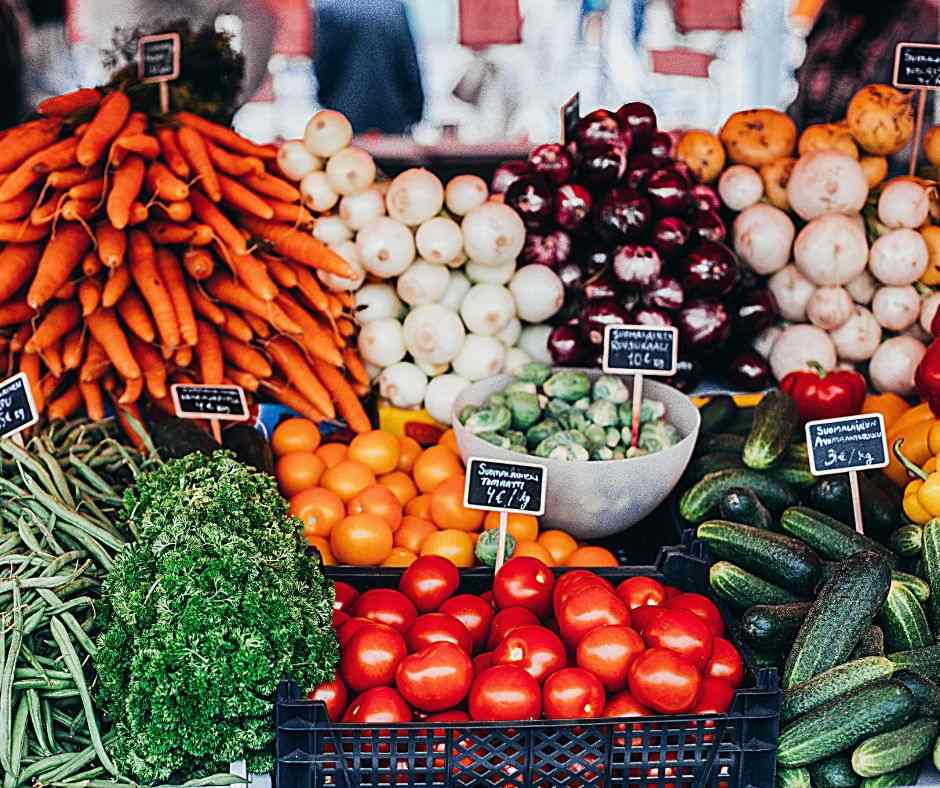Identifying the thermal qualities of hot and cold is a fundamental distinction used during diagnosis and treatment in Traditional Chinese Medicine and Ayurveda. This observation of thermal nature also exists within other holistic medical systems like Western herbalism and ancient Greek medicine.
Within these systems, foods, herbs, spices, and disease states are thought to have an overall cooling, neutral, or warming effect. While there are some differences between Chinese Medicine and Ayurveda in the exact categorization of each food, both can be correct within the context of their system. For example, radishes are considered cooling in Chinese Medicine, but in Ayurveda, they are warming because they increase the digestive fire (agni). For the most part, though, these two systems align.
Chinese Medicine Food Energetics
The complete energetics of a food is determined by assessing its thermal nature (hot, cold, or neutral), its flavour, and its dynamic actions in the body.
In essence, if a person is deemed to have a “cold” condition, they will need to consume more warming foods and reduce the consumption of cooling foods. If the opposite occurs – a person with a “hot” condition, they will need to eat more cooling foods and limit heating foods. Whether a food is cooling or warming depends on the part of the plant used and the type of preparation.
Rules for Thermal Properties of Foods
The thermal nature of foods can be understood as a spectrum. Some foods are extremely hot or cold, while others are mild or neutral. (Remember though – excess use of a warming or cooling food can have the opposite effect.
Categorizing individual foods based on thermal nature is beyond the scope of this post, but if you’re interested in learning more about those specifics, be sure to check out my course Chinese Medicine Food Therapy.
Below are some general rules to follow when using food therapeutically and assessing whether a food is cooling or warming.
COLD / COOLING – Generally, foods that are raw, or are eaten cold, are considered more cooling. Foods that grow quickly, like lettuce and summer squash, are also more cooling. Blue, green, or purple foods are more cooling, and tropical and subtropical foods also tend to be more cooling.
HOT / WARMING – Foods that are cooked, or served hot, are considered more warming. Cooking food for more time, with more oil, less water, greater pressure, or at a higher temperature makes the food more warming. Foods cooked over gas or wood heat are more heating than food cooked with electricity. Foods that take longer to grow, like cabbage and winter squash, are also more warming. Red, orange, or yellow foods and foods grown in temperate zones tend to be more warming.
Next time you eat a meal, consider whether the food you’re eating is warming or cooling and how you can create more balance in your body by using food energetics. Let me know in the comments below!







